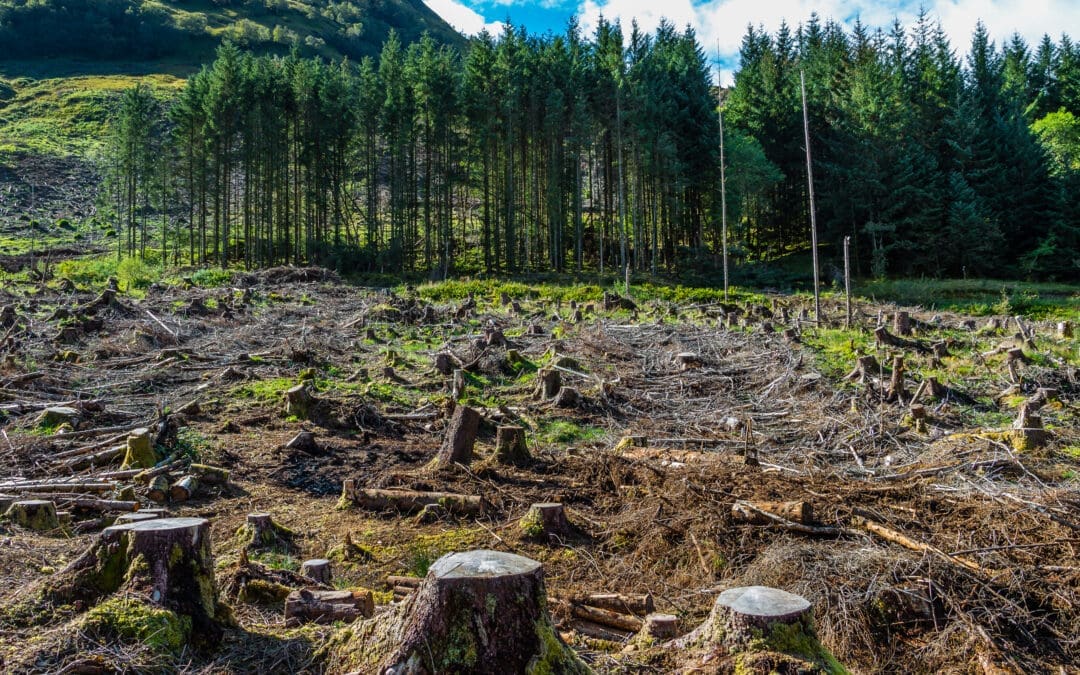What is the difference between the CSDDD and CSRD, and how should you focus your efforts?
The EU’s recent Corporate Sustainability Reporting Directive (CSRD) and Corporate Sustainability Due Diligence Directive (CSDDD) are closely linked, with both pieces of legislation working together to reinforce each other. You can find background on CSRD in this SupplyShift blog post. But what is the difference between the two pieces of legislation?
In a nutshell:
The CSDDD focuses on mandatory Human Rights and Environmental supply chain due diligence for companies. The Directive requires setting up Due Diligence processes in order to identify adverse impacts. This includes:
- Establish a due diligence policy
- Assess, identify, and evaluate risks, and implement mitigation strategies
- Create and outline mitigation and prevention action plans
- Set up grievance mechanisms for addressing human rights and environmental concerns related to company operations
Vs.
The CSRD covers the reporting phase of the CSDDD in accordance with EU sustainability reporting standards for companies that are within scope of both pieces of legislation. This includes:
- Implement detailed non-financial reporting procedures
- Comply with mandatory EU sustainability reporting standards
Where should you put your focus now?
To ensure compliance with reporting obligations, many companies are motivated to establish Human Rights Due Diligence and Environmental business practices as their initial step, enabling them to effectively report their activities.
To effectively prepare, concentrating on the CSDDD can result in greater returns on supply chain sustainability investments, offering long-term benefits and simultaneously addressing the urgent requirement for public transparency and visibility. For most companies, the major work will be in establishing the Human Rights Due Diligence and Environmental business practices so that you have a process in place that allows your company to best understand these issues. This work involves assessing suppliers, identifying risk, and creating a framework that allows for the adoption of policies, adherence to procedures, and implementation of improvements.
SupplyShift provides solutions that companies can start to use straight away as a means of identifying and mitigating risk. Reporting will follow, but the activity needs to be started in an authentic, systematized, and automated manner that minimizes supplier data error and drives supplier engagement.



